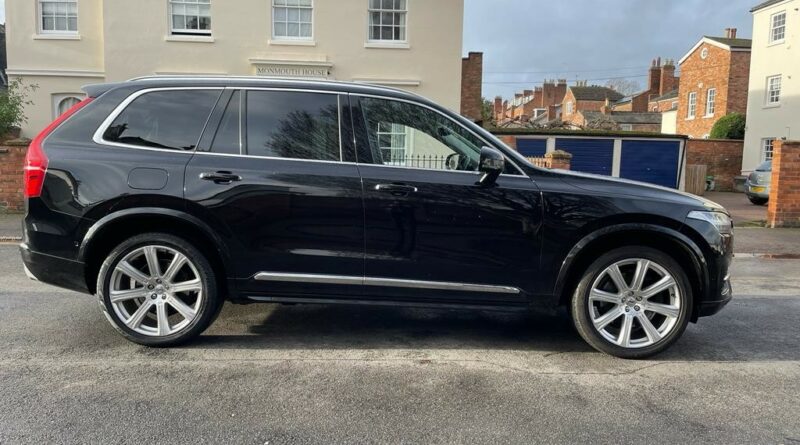Guide to a Used Volvo Pre Purchase Inspection
Purchasing a used Volvo car, it’s important to conduct a thorough pre purchase inspection to ensure its reliability, safety, and overall condition. Volvo cars are known for their commitment to safety, durability, and quality, but a comprehensive inspection is still necessary to make an informed decision. Here are some key areas to focus on during a used Volvo car inspection. See what happens during inspection.
- Exterior Inspection: Start by examining the exterior of the vehicle. Look for any signs of rust, dents, or scratches. Check the condition of the paintwork, ensuring it is consistent and free from any mismatched colors or signs of repainting that may indicate previous damage or repairs.
- Interior Inspection: Step inside and inspect the interior of the car. Check the condition of the seats, upholstery, and carpets for any signs of wear, stains, or tears. Test all buttons, switches, and controls to ensure they function properly, including the infotainment system, air conditioning, and power windows.
- Mechanical Components: Inspect the engine bay for any signs of oil leaks, loose belts, or cracked hoses. Check the fluid levels, including engine oil, coolant, and brake fluid, to ensure they are at the appropriate levels. Assess the condition of the battery, tires, and brakes, as well as the suspension components, for any signs of excessive wear or damage.
- Test Drive: Take the car for a test drive to assess its performance. Pay attention to how the engine starts, accelerates, and idles. Listen for any unusual noises, vibrations, or rattles. Test the brakes for responsiveness and ensure the transmission shifts smoothly. Evaluate the steering for any excessive play or stiffness.
- Safety Features: Volvo is renowned for its advanced safety features. Verify that all safety systems are in working order, such as the anti-lock braking system (ABS), stability control, airbags, and any additional safety features specific to the model.
- Vehicle History Check: Obtain the vehicle identification number (VIN) and perform a comprehensive vehicle history check. This will provide valuable information about the car’s accident history, mileage discrepancies, service records, and ownership details. It will help you make an informed decision and uncover any potential issues. Watch how to avoid mistakes when buying a used car.
- Volvo Service Records: Review the service history of the car, if available. Volvo cars require regular maintenance to ensure their optimal performance and safety. Look for evidence of recommended services being performed at the appropriate intervals.
- Professional Inspection: Consider having the vehicle inspected by a trusted technician from CarExamer or a Volvo dealership. They can perform a more in-depth examination of the vehicle, including diagnostic tests, to identify any underlying issues that may not be immediately apparent.
By thoroughly inspecting a used Volvo car, you can gain confidence in its condition and make a more informed purchase decision. Ensure that all mechanical components are in good working order, safety features are intact, and the vehicle has a clean history. Taking these steps will help you find a reliable and well-maintained used Volvo that meets your needs for safety, quality, and durability on the road. You might want to see what happens inside vehicle inspection. Buying a used VW. Buying used vauxhall, BMW, Jaguar, Ford, Range rover, Aston martin, Bentley.

